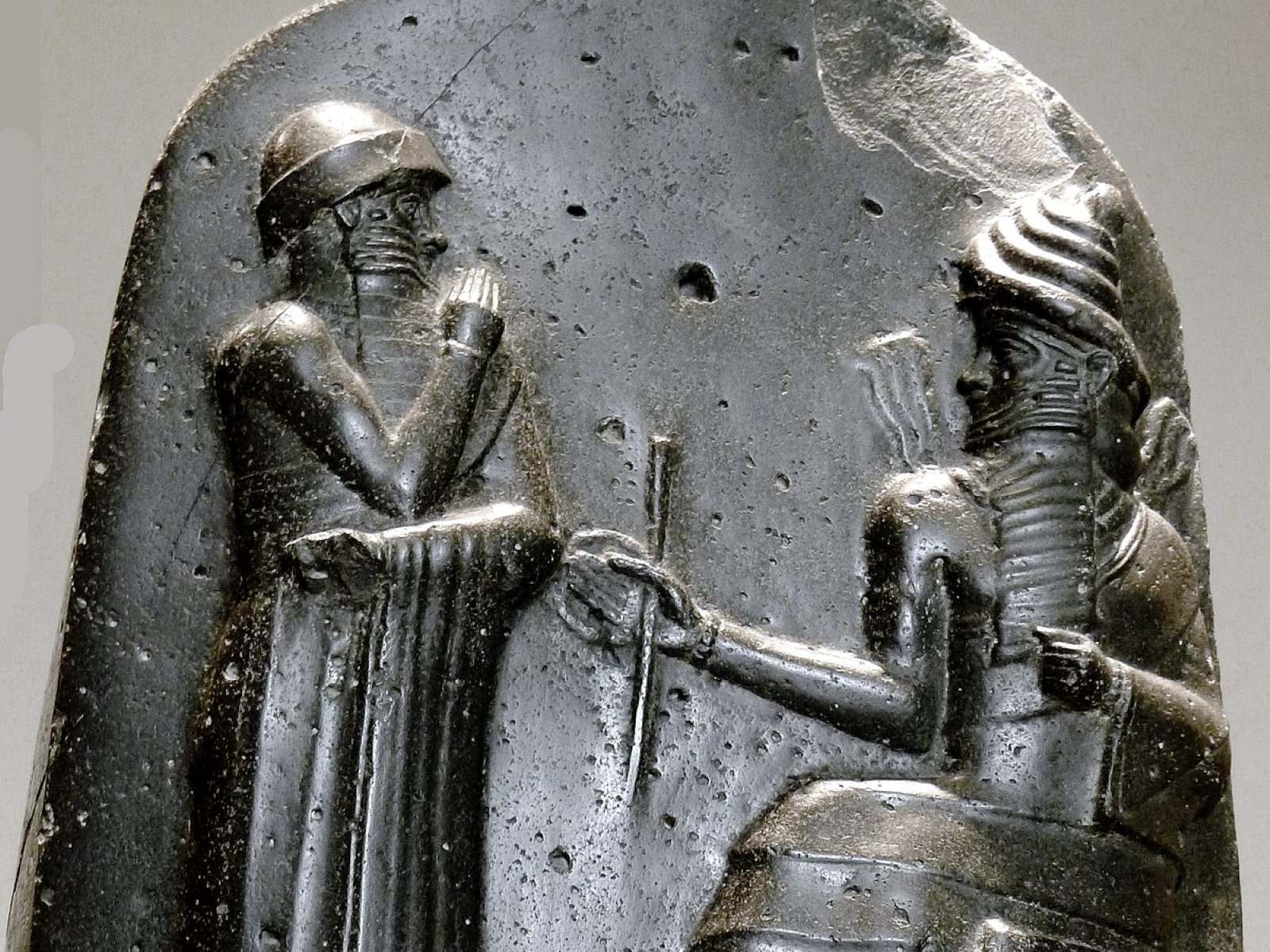
Hammurabi, the sixth ruler of Babylon, is renowned for his military conquests and the establishment of the Code of Hammurabi. His reign from 1792 to 1750 BCE saw Babylon transform from a small city-state into a dominant power in Mesopotamia. Hammurabi's conquests in the north were pivotal, expanding Babylon's territory and influence. He employed innovative military strategies, such as using water control to flood enemy lands. His campaigns against cities like Larsa, Eshnunna, and Mari showcased his tactical brilliance. Beyond warfare, Hammurabi's legacy includes significant cultural achievements and a legal code that emphasized justice and fairness, impacting societies for millennia.
Early Life and Rise to Power
Hammurabi, the sixth king of the First Dynasty of Babylon, is a name that echoes through history. His journey to power was marked by strategic alliances and military prowess.
- Born in Babylon, Hammurabi rose to power during a period of instability in Mesopotamia.
- Leveraging his strategic alliances, he became the ruler of Babylon, setting the stage for his future conquests.
Conquests and Territorial Expansion
Hammurabi's military campaigns were crucial in expanding Babylon's influence. His conquests in the north and west reshaped the political landscape of Mesopotamia.
- Hammurabi conquered much of northern and western Mesopotamia, establishing Babylon as a major power.
- His military strategies included innovative tactics like damming rivers to flood enemy territories.
The Code of Hammurabi
One of Hammurabi's most enduring legacies is his legal code. This comprehensive set of laws covered various aspects of Babylonian society.
- The Code of Hammurabi was inscribed on a stele and symbolized his role as a just ruler.
- This legal text remains one of the earliest surviving law codes, influencing later legal systems.
Major Conquests
Hammurabi's military campaigns were marked by significant victories over key city-states. These conquests solidified his power and expanded his territory.
- In 1763 BCE, Hammurabi conquered Larsa after a siege that lasted several months.
- His campaigns against Eshnunna involved using water control tactics to secure Babylon's eastern borders.
- In 1761 BCE, Hammurabi engaged in hostilities with Mari, possibly over water rights or trade routes.
- His victory over Rim-Sin of Larsa was achieved by damming a major watercourse, leading to Rim-Sin's defeat.
Governance and Administration
Hammurabi was deeply involved in the governance of his realm. His leadership style was characterized by personal involvement in administrative matters.
- After conquering Larsa, Hammurabi rebuilt a canal to facilitate the resettlement of the population.
- The last 14 years of his reign were marked by continuous warfare against coalitions of powerful states.
- Hammurabi managed the daily routine of administration, ensuring the implementation of changes.
- Despite his successes, he failed to establish an effective bureaucratic system, leading to the rapid deterioration of his achievements after his death.
Cultural and Economic Impact
Hammurabi's reign was not only about military conquests. He also made significant contributions to the cultural and economic landscape of Mesopotamia.
- Unlike many predecessors, Hammurabi did not have himself deified during his lifetime.
- His conquests led to the transformation of Babylon from a small city-state into a large territorial state.
- Babylon's strategic location and control over trade routes significantly impacted the region's economy.
- Hammurabi promoted the arts, architecture, and literature, leaving a lasting cultural legacy.
Historical Significance
Hammurabi's reign is considered one of the most significant periods in Mesopotamian history. His military campaigns and legal code have been extensively studied.
- The Code of Hammurabi remains an enduring testament to his commitment to justice and fairness.
- Historical records of Hammurabi's reign, primarily based on clay tablets and steles, provide detailed accounts of his military campaigns, administrative reforms, and cultural achievements.
Hammurabi's Lasting Impact
Hammurabi's conquests in the north reshaped Mesopotamia. His military strategies, like using water control, showcased his innovative approach to warfare. Victories over cities like Larsa and Eshnunna expanded Babylon's influence, making it a dominant power. Beyond battles, Hammurabi's Code left a legacy of justice and fairness, influencing legal systems for millennia. His personal involvement in governance and efforts to rebuild conquered territories demonstrated his commitment to stability and prosperity. Despite lacking an effective bureaucracy, his reign marked a significant period in Mesopotamian history. Cultural achievements under his rule enriched Babylonian society, leaving a lasting mark on arts and literature. Hammurabi's reign, filled with continuous warfare and strategic alliances, established Babylon as a major hub for trade and culture. His legacy endures, offering valuable insights into ancient governance and societal structures.
Was this page helpful?
Our commitment to delivering trustworthy and engaging content is at the heart of what we do. Each fact on our site is contributed by real users like you, bringing a wealth of diverse insights and information. To ensure the highest standards of accuracy and reliability, our dedicated editors meticulously review each submission. This process guarantees that the facts we share are not only fascinating but also credible. Trust in our commitment to quality and authenticity as you explore and learn with us.


